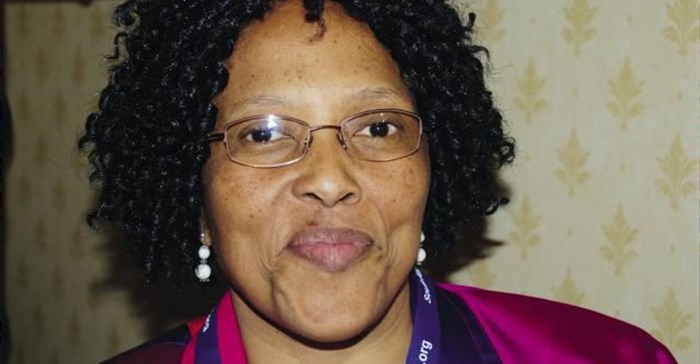Taming healthcare technology

“Africa has a plan and is willing and able to execute that plan. The aim is to protect people with a healthcare profession of good quality. Therefore, we have to look at regulation without stifling innovation,” said Precious Matsoso, director general of the Department of Health (DoH).
The continent is in the throes of a burden of disease. The trick is to find the right nexus between regulation, law, science, public health and access to healthcare, she explained.
“The challenge is not just a shortage of healthcare professionals, but also not to create barriers to healthcare. (With technology) we have a brain gain, not a brain drain.
“It’s no secret that IT has become part of everyday life, but, as regulators, this poses a challenge. So, we have to ask ourselves: what regulatory tools are needed to use technology, but to also to do so safely?”
“There are a plethora of healthcare apps and we have seen them used positively. Technology responds better and efficiently, and has certainly eased the burden of disease.”
One such initiative is the DoH's MomConnect, which supports maternal health through the use of cell phone based technologies integrated into maternal and child health services. The services are free to the user, and messages are available in all 11 official languages.
Universal health coverage
But there are also scenarios where under regulation can be dangerous. “Technology cannot be a basis for self-medication. But, she pointed out, as long as people don’t have access to adequate healthcare facilities, and are deterred by factors such as long queues, they will resort to other means of seeking medical help, including the internet.
However, healthcare deals with matters of life and death. Having sufficient personnel will facilitate access, but only if best practices are observed, she said. “Universal health coverage cannot be achieved without access, but access means nothing without quality, therefore regulations need to take innovation into account.”



























